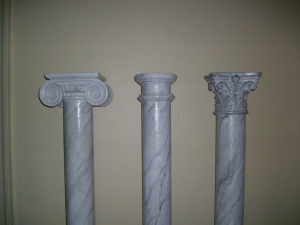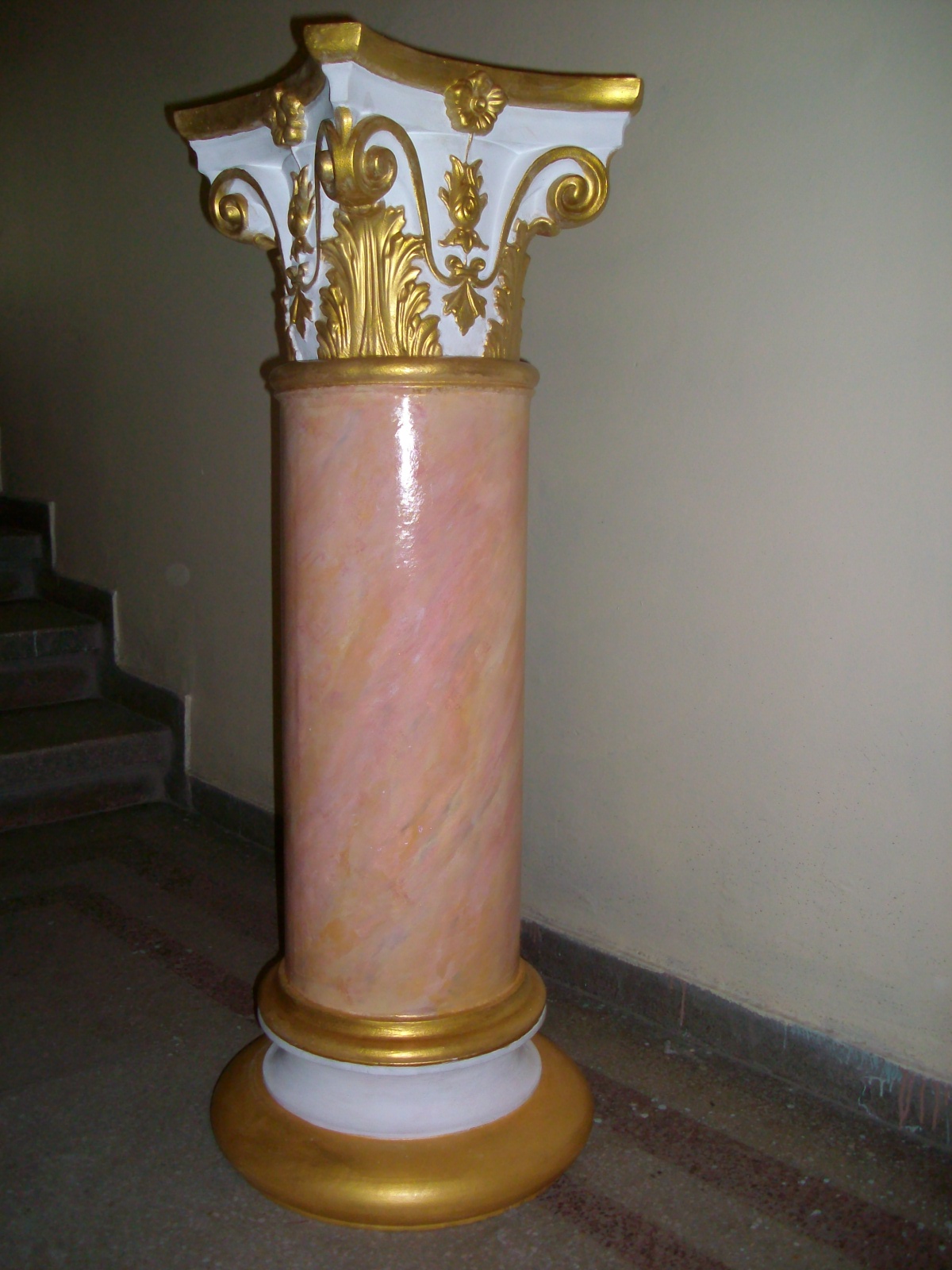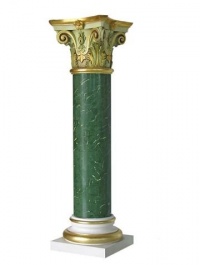Faux Finishing and Marbleizing

Faux painting or faux finishing are terms used to describe a wide range of decorative painting techniques. The naming comes from the French word "faux", meaning false, as these techniques started as a form of replicating materials such as marble and wood with paint, but has subsequently come to encompass many other decorative finishes for walls and furniture including simulating recognisable textures and surfaces.
There are a lot of Faux finishes and techniques since Ancient Egypt, Ancient Greece and Ancient Rome eras. During the Renaissance there were schools of faux painting developing. It took at least 10 years or more to fully master the art. In the past faux finishing was mainly used as faux stone technique. By now driven by the inspiration of artisans and designers faux finishing (faux painting) has developed and upgraded not only in colours and used materials but in different styles and textures.
Most common Faux Finishings are :
Fresco (mural painting)
The fresco technique has been employed since antiquity and is closely associated with Italian Renaissance painting. Best-known artists Michelangelo and Raphael actually scrape into certain areas of the plaster while still wet to increase the illusion of depth and to accent central figures and certain areas over others.
Venetian plaster
Venetian plaster is one of the most popular and traditional plaster decorations. It is used to create smooth glass-like sheen with the illusion of depth and texture; most common include marmorino, scagliola, and sgraffito.
Graining (faux wood painting)
Graining (faux wood painting) is often used to imitate exotic or hard-to-find wood varieties on a non-wood surfaces.
Marbleizing (marbling) or faux marble
Marbleizing (marbling) or faux marble (to imitate the appearance of polished marble) is a special case of faux painting used to create the distinctive and varied patterns of marble - the most imitated stone by far.
The sophistication of the techniques are such that visitors are frequently unable to distinguish between false and real marble in many churches, palaces and public buildings in Europe. The techniques were perfected by the 17th century and have been used in all styles of construction well into the 20th century, including Baroque, palladian, neoclassical and historical revival styles as well as Art Nouveau and Art Deco buildings. Craftsmen who are able to replicate this work are still available, as evidenced, for example, by the extensive restorations of faux marble surfaces in important Eastern Europe buildings since 1990.
History
Faux finishing has been used for millennia, from cave painting to the tombs of ancient Egypt, but what we generally think of as faux finishing in the decorative arts began in Mesopotamia over 5,000 years ago.




